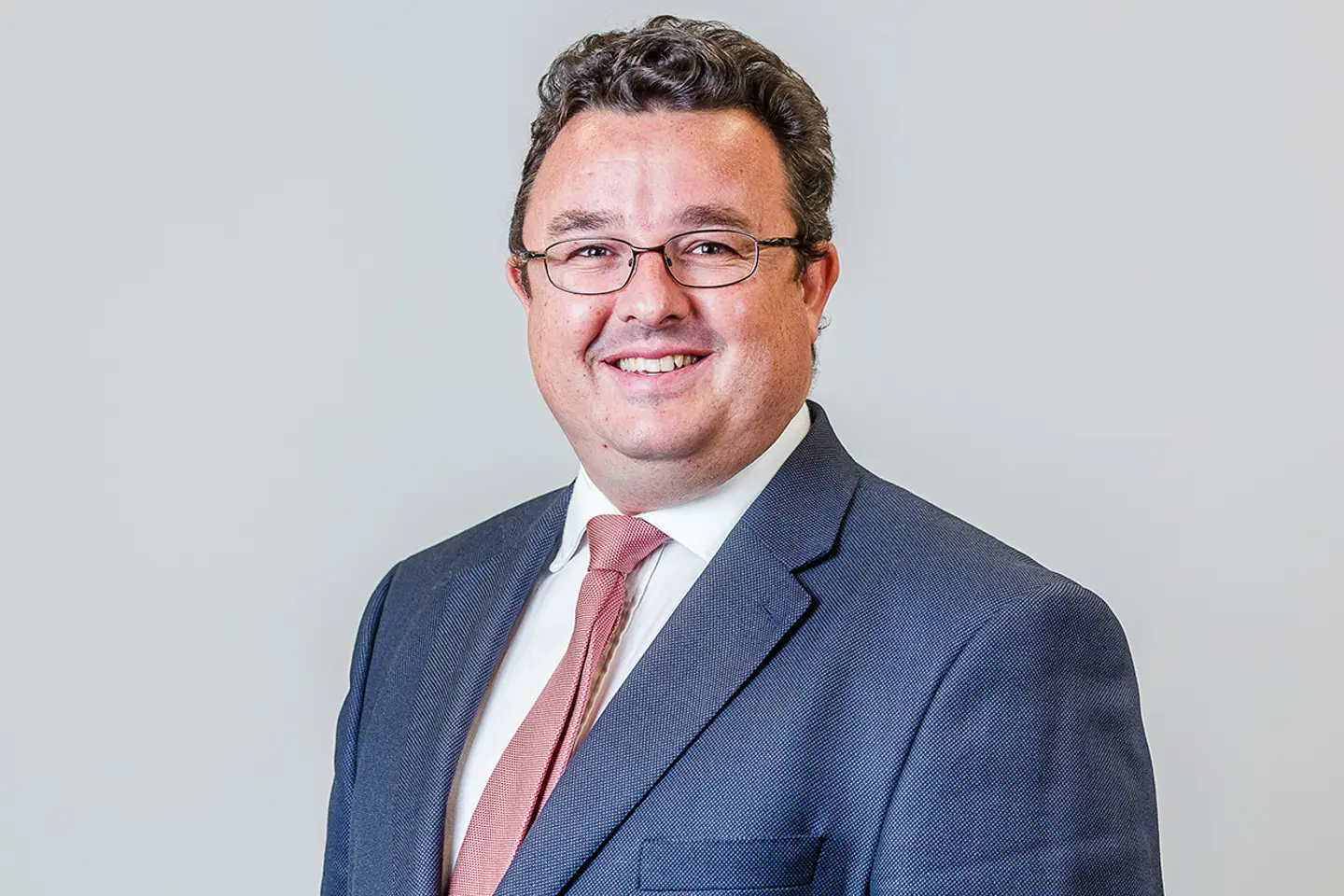
Simon Schilder
Partner | Legal
British Virgin Islands

Simon Schilder
Partner
British Virgin Islands
No Content Set
Exception:
Website.Models.ViewModels.Components.General.Banners.BannerComponentVm
To help BVI hedge funds navigate the myriad of issues brought on by recent events, this advisory offers a high-order checklist for fund directors and investment managers to consider. This checklist is arranged under three main topics:
Each of these topics is considered in turn in relation to a typical stand-alone corporate open-ended BVI fund. That noted, most of the following checks can be applied, with modifications, to other open-ended structures, using a variety of BVI vehicles.
Clearly, the first stage for all directors and the investment manager is to get a firm handle on the key operational issues affecting the fund. This will have been underway for some weeks, ensuring directors have a full understanding of investment managers' business continuity plans, measures to ensure data security in a remote working environment, and coordination with other service providers. Investment managers should by now have conducted a detailed analysis of the fund's brokerage and trading agreements, including margin arrangements and events of default; as well as valuation policies, including considering whether additional pricing sources or other valuation methodologies are necessary to support and corroborate the fund’s existing procedures.
Consult the fund’s memorandum and articles of association
When considering the fund’s legal options, it is worth remembering that if the fund’s powers under its offering document exceed or are inconsistent with those in its memorandum and articles of association (M&A), it is the M&A that prevail. Additional powers under the offering document will be of no legal effect as against the fund’s shareholders to the extent that they are inconsistent with the M&A1. Similarly, to the extent that side letters purport to alter class rights prescribed by the M&A (such as redemption rights) they may be held unenforceable2.
Does the fund need the consent of investors for the proposed strategy?
What structuring options are available to the fund will vary greatly depending on its particular circumstances, as illustrated by this range of possible questions:
Whatever strategy the directors decide upon (ideally, in consultation with the fund's investment manager), the fund should consider whether it is necessary to get the shareholders’ consent to implement that strategy.
What are the options for managing liquidity?
There are two primary considerations: (i) First, what are the mechanisms under the fund’s M&A for managing liquidity in the face of redemption requests and market volatility? Secondly, is it possible for the fund to strike a reliable net asset value (NAV)? For example, where certain of the assets in the fund’s portfolio have become difficult to value, does reliance on the NAV for the purpose of accepting further subscriptions constitute a material risk to new or existing investors?
The tools at the investment manager's disposal and the way in which they can be used will depend on the wording of the fund's M&A. Possible tools include the following:
Since effective deployment of such tools can be complex, we recommend that funds take advice in a timely fashion.
What are the options for managing an orderly termination?
If it is not viable or appropriate for the fund to continue in its present form, the directors should make this call early and develop a termination plan as soon as possible.
Termination of a solvent fund
If the fund is solvent, there are three termination options available:
(i) compulsory redemption of all investors;
(ii) orderly wind down; and
(iii) voluntary liquidation and appointment of a liquidator.
Under options (i) and (ii), the directors may use the above structuring tools to manage the process. Under option (iii), the process is instead managed by the voluntary liquidator (whilst there is no requirement for this to be a licensed insolvency practitioner, given that the appointment of the liquidator will require regulatory consent from the Financial Services Commission (the FSC), we generally always recommend the use of a licensed insolvency practitioner).
Termination of an insolvent fund
If the fund is insolvent, there are two ways it may be terminated: (i) on the petition of a creditor or the entity itself to appoint an eligible insolvency practitioner; or (ii) subject to the terms of the fund's M&A, presentation of a petition to wind up the fund in insolvency, concurrent with an application to appoint a provisional liquidator for the purposes of presenting a plan of restructuring. The former option (full liquidation) gives the fund the benefit of a statutory moratorium, so no claims may be commenced or proceeded with against the fund after a liquidator has been appointed (save that any secured creditors may still exercise their perfected security rights), whereas the latter option provides the appointed provisional liquidators with the power to seek a stay of any proceedings against the entity during the currency of the provisional liquidation.
Directors and investment managers should also review the fund's M&A and subscription agreements to ascertain whether they include protective non-petition language, as this will be relevant to assessing the risk of shareholders presenting a winding up petition.
As the service provider at the coalface of the fund’s day-to-day operations, the investment manager is initially responsible for handling communications and filing official reports, but ultimate responsibility rests with the directors. It is essential that the directors and the investment manager handle communications and reports in a collaborative manner, having regard to the material facts and the scope of their authority in the M&A and offering documents. If an investment manager makes representations outside of its actual or ostensible authority, there is a risk that the representations will be invalid3.
The directors
The investment manager should constantly update the directors, even if they are third-party directors. The directors owe stringent duties to the fund, and depriving them of critical information would expose the investment manager to additional risks. It should be remembered that the same duties apply to all directors (including 'non-executive directors').
The investors
It is critical that investors are given relevant information often, and without discrimination between them. This is the best way to maintain trust and goodwill. The more significant the information, the greater the imperative for the fund to communicate in a timely and comprehensive manner.
The regulator
There is no formal regulatory obligation to notify the FSC of any suspension, however, depending upon the circumstances, it is sometimes good practice to do so.
As noted above, any decision to appoint a voluntary liquidator over the fund and thereby voluntarily liquidate the fund will require the prior written consent of the FSC.
In addition, where the fund is continuing to offer its shares, the fund's offering document must be updated and the updated offering documents filed with the FSC.
For many funds, navigating through March 2020 has already been an impressive achievement. However, uncertainty continues and it is essential for both directors and investment managers to have a clear understanding of available levers to manage liquidity, and the options available where a fund's viability is threatened.
Ogier is a professional services firm with the knowledge and expertise to handle the most demanding and complex transactions and provide expert, efficient and cost-effective services to all our clients. We regularly win awards for the quality of our client service, our work and our people.
This client briefing has been prepared for clients and professional associates of Ogier. The information and expressions of opinion which it contains are not intended to be a comprehensive study or to provide legal advice and should not be treated as a substitute for specific advice concerning individual situations.
Regulatory information can be found under Legal Notice
Sign up to receive updates and newsletters from us.
Sign up
No Content Set
Exception:
Website.Models.ViewModels.Blocks.SiteBlocks.CookiePolicySiteBlockVm